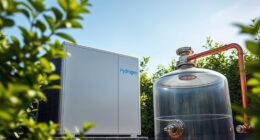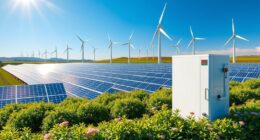We are delving into the realm of heat pump installation, where economics intersect with innovation.
Like architects designing a masterpiece, we analyze the cost considerations, energy savings potential, and return on investment of these systems.
Government incentives and rebates add fuel to the fire, while long-term financial benefits ignite our curiosity.
Join us as we assess heat pump installation from an economic perspective, exploring the possibilities that lie within these innovative solutions.

Key Takeaways
- Heat pump systems offer high energy efficiency and can provide the same level of heating/cooling with less energy compared to traditional systems, resulting in reduced utility bills and decreased greenhouse gas emissions.
- Conducting a thorough ROI analysis is important to determine the financial benefits of heat pump installation, considering factors such as energy savings potential, installation costs, and environmental impact.
- Government incentives and rebates, such as tax credits and rebates on installation costs, promote the adoption of energy-efficient heating systems, reduce upfront costs, and increase the financial attractiveness of heat pump installation.
- Heat pump systems provide long-term financial benefits, including reduced energy bills over time, lower maintenance costs compared to traditional systems, and a long lifespan of 15-20 years with proper maintenance, making them a cost-effective and sustainable heating solution.
Cost Considerations for Heat Pump Installation
When assessing heat pump installation, we must consider the costs involved. The installation process for heat pumps can vary depending on the type of system and the complexity of the project. It typically involves several steps, including site evaluation, equipment selection, ductwork modifications, and electrical wiring. These tasks require skilled professionals with expertise in HVAC systems and can contribute to the overall cost of installation.
Additionally, maintenance requirements should be taken into account when evaluating the costs. Heat pumps require regular maintenance to ensure optimal performance and longevity. This includes tasks such as cleaning or replacing filters, inspecting and lubricating components, and checking refrigerant levels. Proper maintenance can help prevent system breakdowns and costly repairs, making it an essential consideration for homeowners.
Energy Savings Potential of Heat Pump Systems
We frequently see significant energy savings potential in heat pump systems, so it is important to consider this when evaluating their installation. Heat pumps are known for their high energy efficiency ratings, which means they can provide the same level of heating or cooling using less energy compared to traditional systems. This not only saves money on utility bills but also reduces the environmental impact by decreasing greenhouse gas emissions. To illustrate this, let’s look at a comparison between a heat pump system and a traditional system in terms of energy savings:
| System Type | Annual Energy Consumption (kWh) | Annual Energy Savings (kWh) |
|---|---|---|
| Heat Pump | 6,000 | – |
| Traditional | 10,000 | 4,000 |
As shown in the table, the heat pump system saves 4,000 kWh of energy annually compared to the traditional system. This significant reduction in energy consumption not only benefits the environment but also leads to substantial cost savings for the homeowner. Therefore, when considering heat pump installation, it is crucial to evaluate the energy savings potential and its positive impact on both the wallet and the planet.

Return on Investment Analysis for Heat Pump Installation
How can we analyze the return on investment for heat pump installation?
When considering the economic viability of heat pump installation, it’s essential to conduct a thorough return on investment (ROI) analysis. This analysis will help determine the financial benefits of investing in a heat pump system and assess the payback period.
Here are three key factors to consider when analyzing the ROI for heat pump installation:
-
Energy Efficiency: Evaluate the energy savings potential of the heat pump system compared to traditional heating and cooling systems. Calculate the expected reduction in energy consumption and corresponding cost savings over the system’s lifespan.
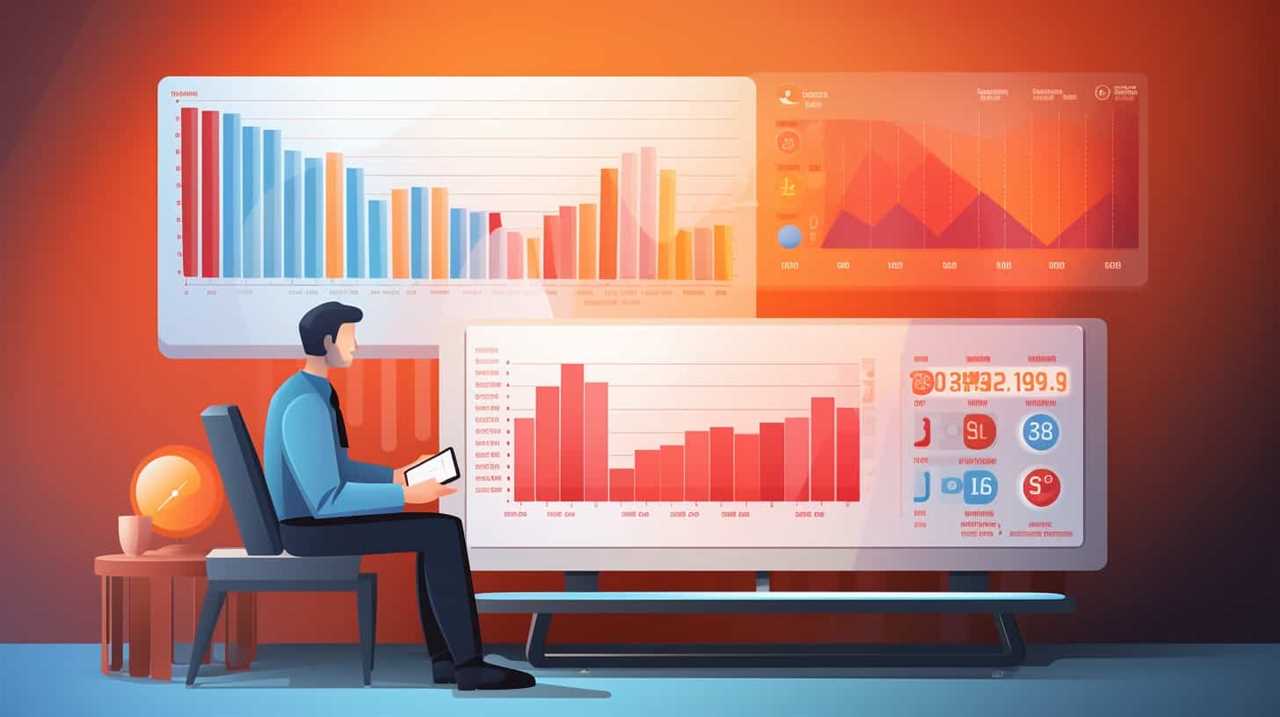
-
Cost of Installation: Determine the upfront costs associated with purchasing and installing the heat pump system. Consider any additional expenses, such as retrofitting or upgrading the existing infrastructure.
-
Environmental Impact: Assess the environmental benefits of heat pump installation, such as reduced greenhouse gas emissions and reliance on fossil fuels. Quantify the potential positive impact on the environment and consider any incentives or rebates available for energy-efficient systems.
Government Incentives and Rebates for Heat Pump Installation
There are various government incentives and rebates available for heat pump installation that can help offset the upfront costs and make the investment more financially attractive.
One such incentive is tax credits, which allow homeowners to deduct a percentage of their heat pump installation costs from their annual taxes. These tax credits can significantly reduce the overall cost of the installation and provide an immediate financial benefit.

Additionally, government rebates are often available to incentivize the adoption of more energy-efficient heating systems, such as heat pumps. These rebates can provide a direct monetary incentive to homeowners who choose to install a heat pump, further reducing the upfront costs and increasing the financial attractiveness of the investment.
Furthermore, these incentives and rebates also have a positive environmental impact by promoting the use of energy-efficient heating systems, reducing greenhouse gas emissions, and conserving energy resources.
Long-Term Financial Benefits of Heat Pump Systems
One of the main benefits of heat pump systems is that they offer long-term financial savings while providing efficient heating and cooling for homes. Here are three reasons why heat pump systems provide such financial benefits:
-
Reduced energy costs: Heat pump systems are highly energy efficient, using minimal electricity to transfer heat from one place to another. This results in lower energy consumption and reduced utility bills over time.
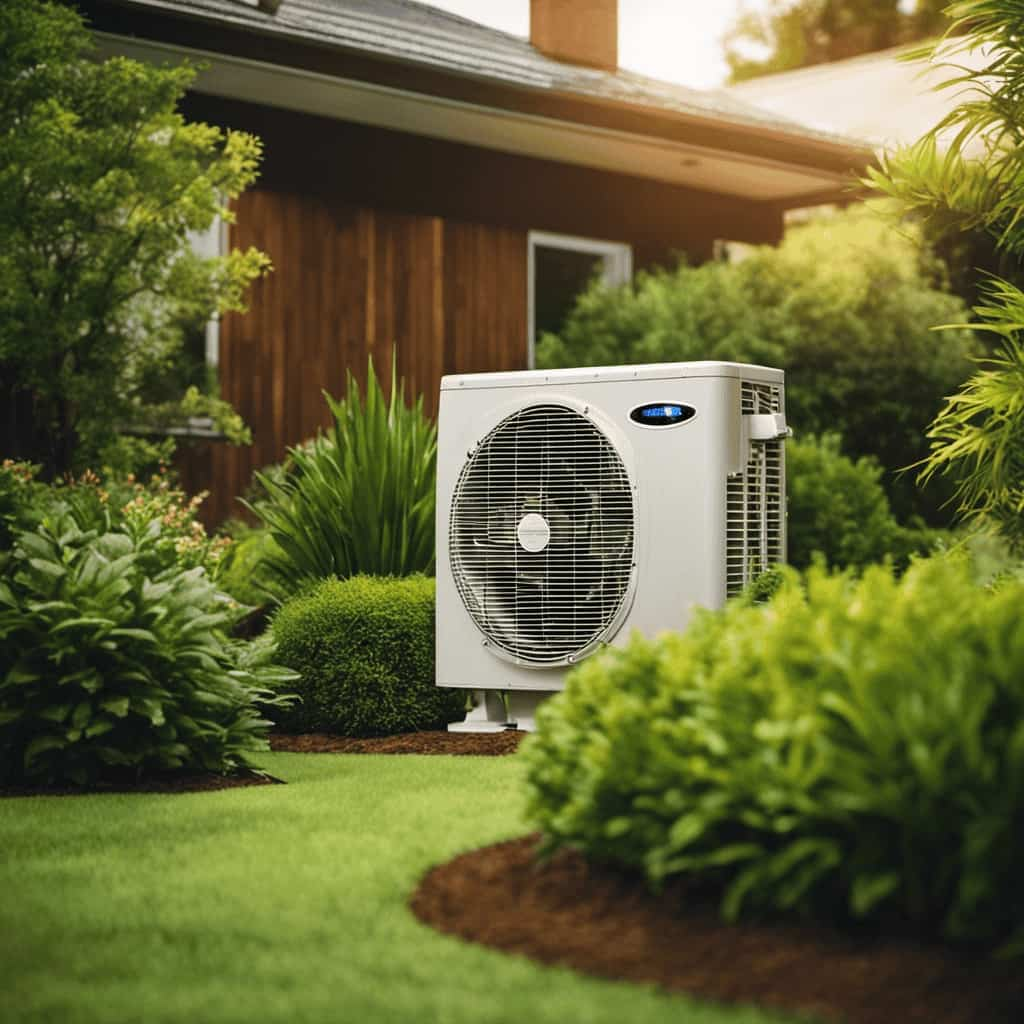
-
Long lifespan: Heat pump systems are built to last, typically lasting 15-20 years with proper maintenance. This means that homeowners can enjoy the financial benefits of their heat pump system for many years without the need for costly replacements.
-
Lower maintenance costs: Compared to traditional heating and cooling systems, heat pumps have fewer mechanical components and moving parts, reducing the likelihood of breakdowns and the need for expensive repairs. Additionally, regular maintenance for heat pump systems is relatively simple and cost-effective, further reducing long-term maintenance costs.
Frequently Asked Questions
How Long Does It Typically Take to Recoup the Cost of a Heat Pump Installation Through Energy Savings?
Typically, it takes a certain amount of time to recoup the cost of heat pump installation through energy savings. The length of time depends on various factors such as energy consumption patterns and the efficiency of the heat pump system.
What Are the Maintenance Costs Associated With Heat Pump Systems?
Maintenance costs for heat pump systems can vary depending on factors like the type of pump and its usage. They often involve regular inspections, filter changes, and occasional repairs. A lifespan analysis can help estimate long-term maintenance expenses.
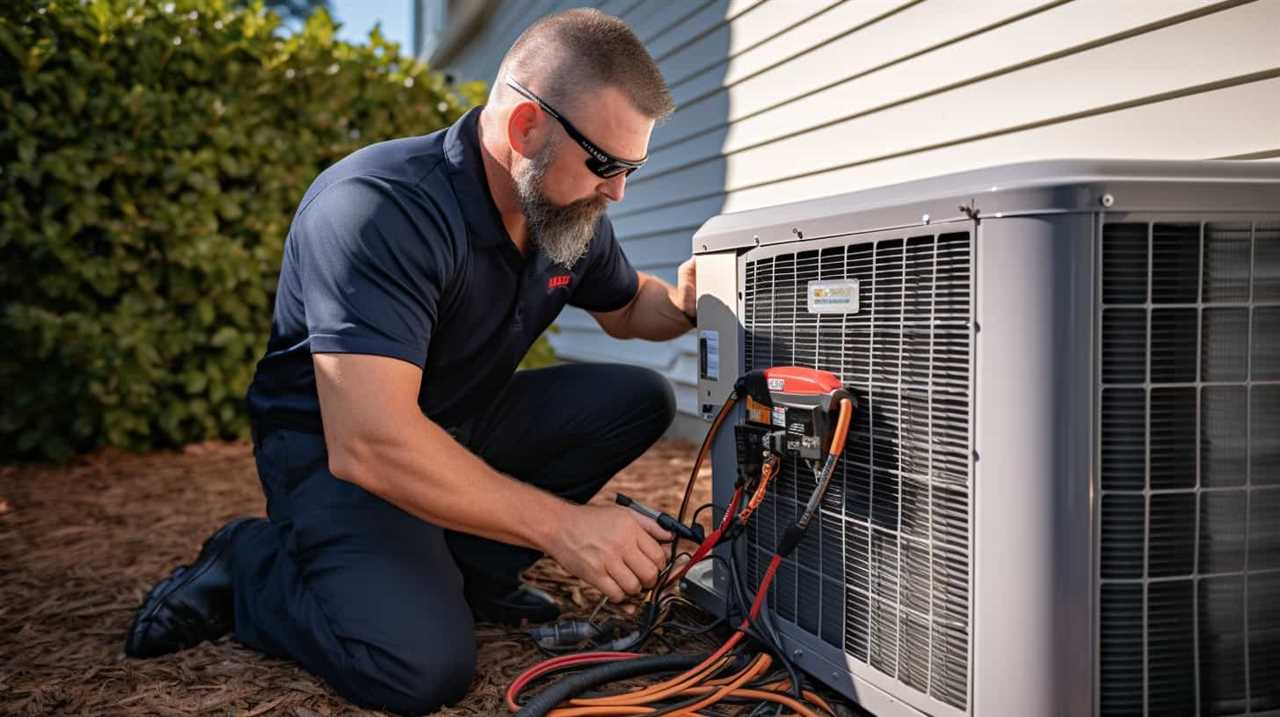
Can a Heat Pump System Be Installed in Any Type of Home, Regardless of Size or Location?
Yes, a heat pump system can be installed in any home regardless of size or location. Factors such as the efficiency of the heat pump system and the cost of installation may vary depending on these factors.
Are There Any Downsides or Limitations to Using a Heat Pump System for Heating and Cooling?
There are downsides and limitations to using a heat pump system for heating and cooling. Factors to consider when determining the size of a heat pump system include the benefits for the environment.
How Does the Installation of a Heat Pump System Affect the Resale Value of a Home?
How does the installation of a heat pump system impact the resale value of a home? Will the energy savings recoup the initial investment? These are important questions to consider when assessing the economic benefits of heat pump installation.
Conclusion
In conclusion, our analysis of heat pump installation from an economic perspective reveals that the initial costs can be offset by the significant energy savings potential. With an average return on investment of 5-10 years, homeowners can recoup their investment relatively quickly.

Additionally, government incentives and rebates further incentivize the adoption of heat pump systems.
Overall, the long-term financial benefits, combined with the potential for reducing carbon emissions by up to 40%, make heat pump installation a worthwhile and sustainable choice for homeowners.








